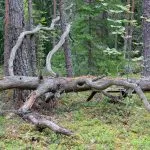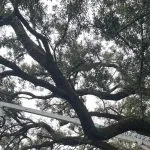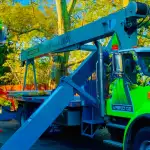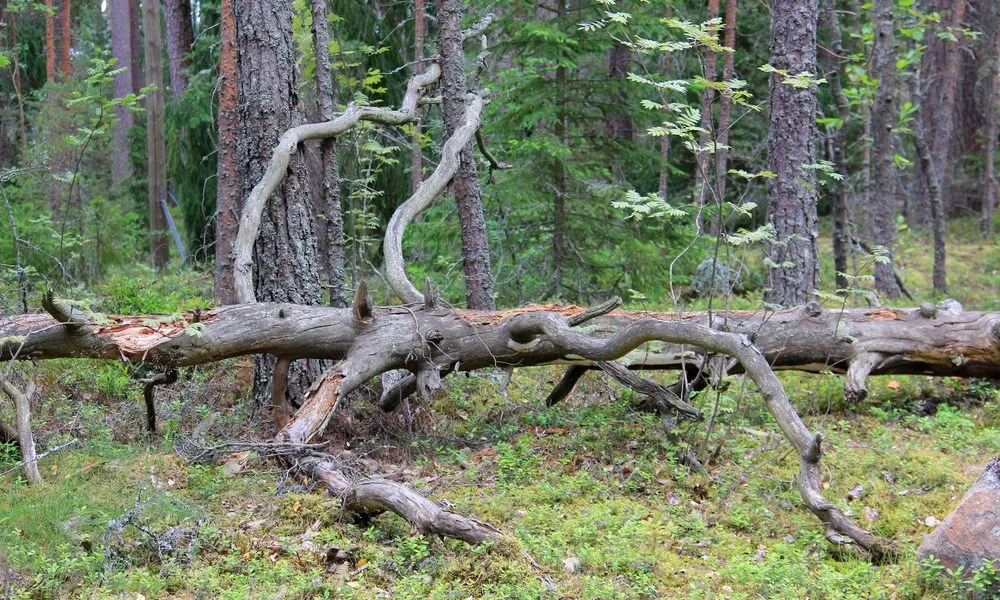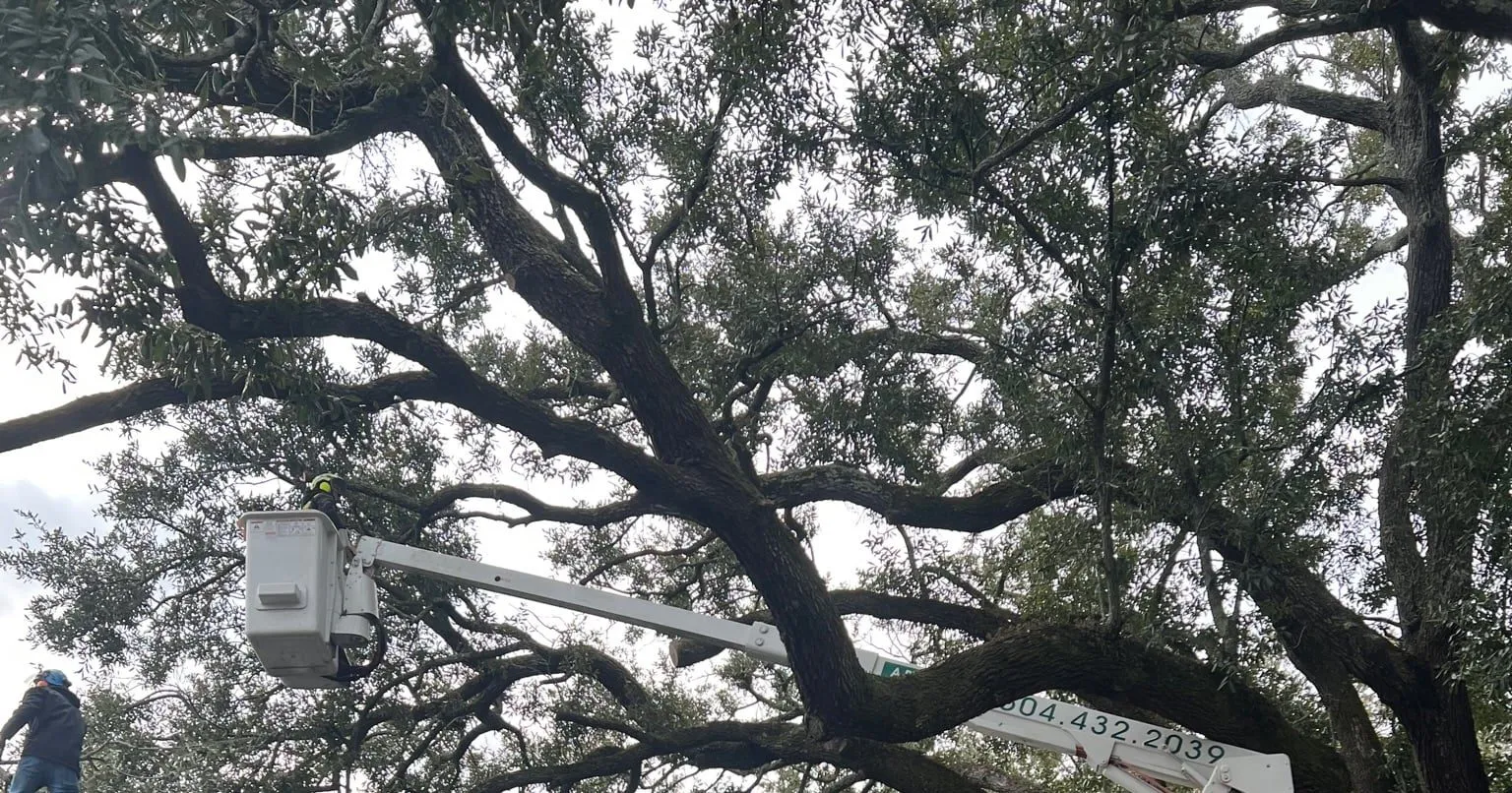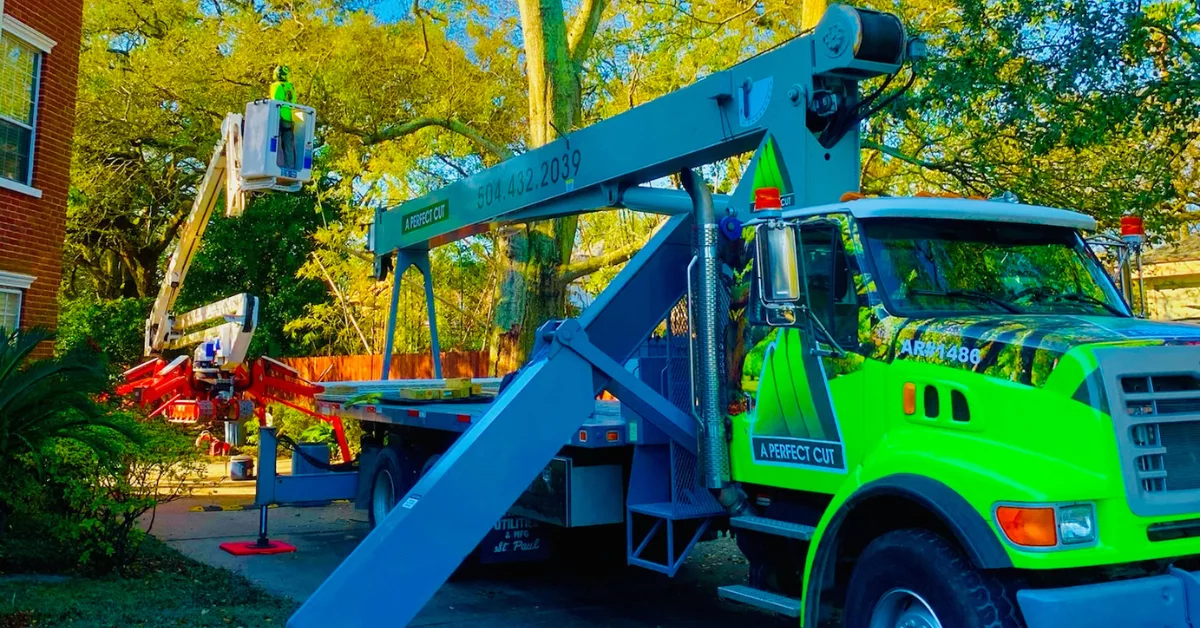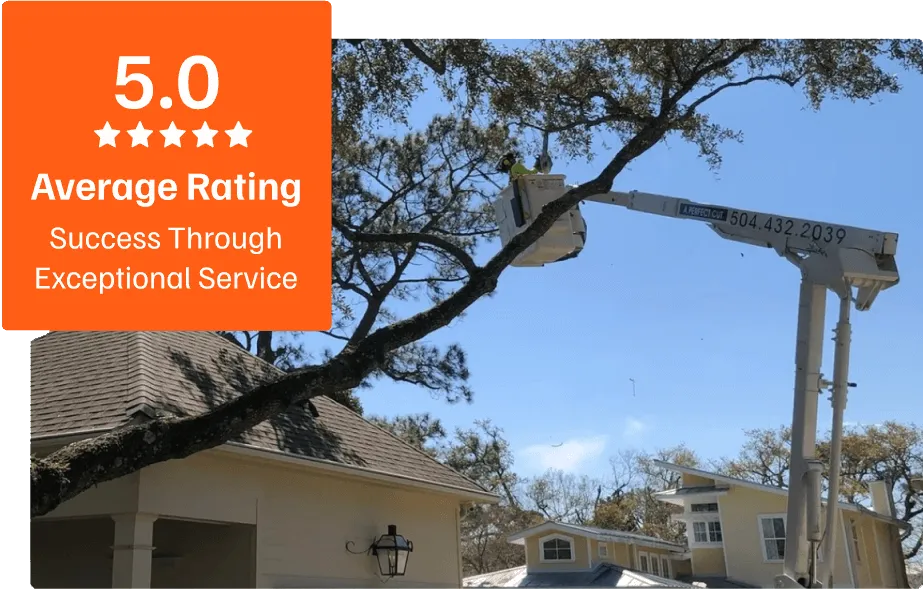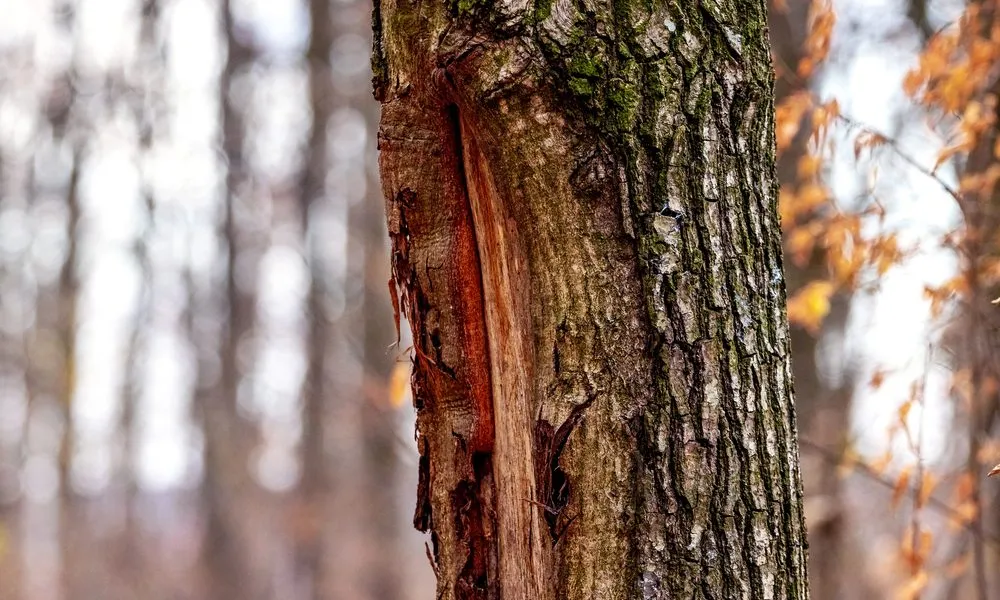
April 1, 2025
Trees are easy to maintain, and knowing the most common tree pests and diseases helps keep your lawn healthy. With a little attention, your trees will thrive, providing beauty and shade for years to come. If you notice signs of stress or want to take a proactive approach, A Perfect Cut Tree is here to help!
What Are Common Tree Diseases?
Tree ailments can quickly spread and damage individual trees as well as entire environments. Early intervention and detection are necessary to halt further damage. Some of the most prevalent tree diseases to observe include:
1. Understanding Fire Blight
In spring, when it gets warmer and more humid, branches hit by fireblight become black and hang down. To keep your trees safe, think about using copper sprays and cutting off the damaged parts. Choosing resistant tree varieties also helps provide lasting protection.
2. Recognizing Sudden Oak Death
The Phytophthora ramorum plant is responsible for sudden oak death and usually propagates between oak and tanoak trees, causing cankers to burst resulting in dieback and leaf loss. Preventive fungicide treatment and surveillance are required to prevent the spread of oak disease, which has resulted in sudden death within its colonies.
3. Identifying Anthracnose
A disease of trees that infects species such as sycamores, ash, and maples, anthracnose induces abnormal-colored leaves and premature loss of leaves. It thrives in wet, humid environments
4. Causes of Raywood Ash Canker
This fungal ailment impacts Raywood ash trees, leading to depressed bark lesions and branch decline. Drought or insufficient soil exacerbates this ailment. Proper watering, mulching, and fungal treatments can help manage it.
5. Symptoms of Crown Gall
Crown gall is a bacterial disease that results in swollen growths on trunks and roots, predisposing trees to other diseases. Pruning and sterilizing equipment minimize its spread.
6. Detecting Oak Branch Dieback
Oak branch dieback occurs due to dryness, pest infestation, or nutrient deficiency, resulting in bare stems and browning leaves. Controlled evaluation and pruning will mitigate the effect on oak trees.
7. Impact of Shot Hole Borer
Shothole borers infest trees, boring holes in the bark and creating an entry point for toxic fungus. This kills the tree, or at least causes it to die. Biological control, including the release of natural parasites, can be used to control this pest.
8. Signs of Scab Disease
This fungal disease causes black lesions on the foliage and fruits of ornamental and fruit trees. It thrives in damp environments. The use of fungicides and resistant tree species can prevent catastrophic outbreaks.
9. Recognizing Cypress Canker
Bark that oozes and dying branches happen when fungal pathogens enter through wounds in the Cypress canker. Preventing the disease involves pruning infected branches and improving drainage.
10. Spotting Peach Leaf Curl
The fungus that causes peach leaf curl disrupts leaf growth, especially in cool, damp spring weather. Applying fungicides during the dormant season and choosing resistant varieties can help control the disease.
Recognizing Symptoms of Tree Diseases
Prompt detection of tree disease symptoms can prevent significant harm. Watch for discolored leaves, damaged bark, irregular growth, or signs of root rot. Taking immediate action may enable trees to recuperate and stay healthy.
Visible Changes in Leaves
Leaf withering, browning, or yellowing may signal root issues, fungal diseases, or dryness. Observe for drooping, early leaf fall, or coloration change.
Bark Discoloration or Damage
Peeling, cracking, or discolored bark can be an indication of physical injury or fungus. Early pruning or applying fungicide can help prevent further damage.
Abnormal Growth Patterns
Dwarfed or deformed branches can indicate disease or nutrient deficiency. Correct care, such as watering and fertilizing, can correct growth.
Root Rot and Decay
Root rot makes trees weak, resulting in mushy roots, bad smells, and leaning. Overwatering and a lack of drainage are typical causes. Catching it early can help prevent tree loss.
Common Tree Pests
Tree insects can cause serious harm, compromising the health of the trees, slowing their growth, and predisposing them to disease. Let us discuss some of the most common tree insects in detail.
Insects That Damage Trees

Insects such as gypsy moths, emerald ash borers, and tent caterpillars devour the leaves and bark of trees. Damage indicators are a reduced crown, holes on the top section of the tree, and frass resembling sawdust. Integrated pest management can reduce such threats to manageable levels.
Mites and Borers
Dieback, leaf drop, and discoloration occur in trees due to the weakened state of mites and bark beetles. The prevention of infestations is as simple as proper fertilization and watering.
Fungal Pests
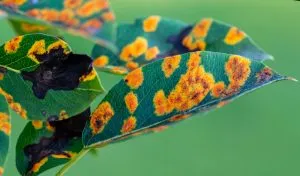
Fungal pests like root rot and cankers attack trees in wet conditions. They weaken trees, leading to tissue death and oozing. Improving drainage and using fungicides can help manage fungal pests.
Invasive Species
Species that infest, like the emerald ash borer and gypsy moth, have the ability to devastate indigenous populations. It’s important to prevent their spread with early detection and treatment. Biological or chemical control, removal of trees, or quarantines are the most typical control measures.
Preventing Tree Diseases and Pests
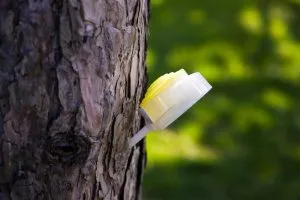
The optimal manner to keep trees healthy is through their general good health and the prevention of spreading diseases and pests. Following are some precautions that should be adopted:
Routine Tree Care
Caring for trees involves watering, mulching, and pruning when necessary. Mulching helps the soil retain moisture and insulate the roots, while pruning enhances air circulation and prevents fungal problems.
Soil Health
Tree establishment demands healthy soil. Soil analysis regularly may detect deficiencies, and incorporating organic matter or compost may enhance the structure and fertility of the soil.
Watering and Drainage
Be wary not to water too much, as this may cause root rot. Rather, water sparingly and add sand or perlite to the soil to ensure drainage.
Pruning for Airflow
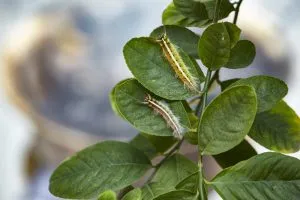
Trimming enhances tree shape and air circulation, minimizing fungal development. Remove impaired or overgrown branches, and use sanitized instruments for cutting.
How to Treat Tree Diseases
Treating tree diseases starts with quick identification and careful removal of infected parts. Fungicides and proper fertilization support recovery and long-term health.
Identify the Disease Accurately
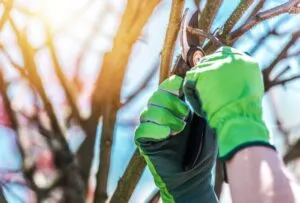
Proper identification is essential for treating tree diseases. Refer to sources such as state extension services or hire a certified arborist for professional advice.
Remove Infected Tree Parts Carefully
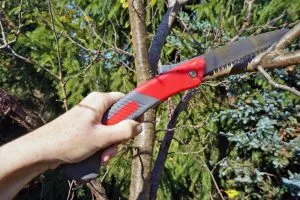
Using sterilized equipment, remove affected parts like branches or leaves and appropriately discard them to prevent contamination.
Apply Fungicide or Other Treatments
Fungicides are effective in treating fungal infections. Biofungicides and natural air circulation methods are also available alternatives.
Enhance Tree Health Through Fertilization
Trees require fertilization once a disease has been addressed. Tests of the soil can reveal nutrient inadequacies and enable targeted fertilizers to encourage the establishment of healthy trees.
What Causes Stress in Trees?
The increased stress levels in trees make them vulnerable to diseases and pests. Stressors such as drought, poor maintenance, and illness exist. Detecting problems at an early stage and using appropriate care help in maintaining trees.
Environmental Factors
Drought, temperature stress, and pollution are all potentially harmful to trees. Planting native species helps protect trees from environmental stressors.
Poor Maintenance Practices
Tree stress can result from overwatering, poor trimming, and other mistakes in tree maintenance. Tree health requires regular checks and correct care.
Infections and Pests
Pests and disease are also typical sources of stress for trees. Prompt identification and comprehensive pest control can aid in avoiding this.
Keeping Your Trees Healthy: Understanding Common Tree Diseases and Pests
Trees are easy to care for with a little attention. Knowing the common diseases and pests helps keep them healthy. Regular checks and quick action can make all the difference. If your trees show signs of stress or you want to take a preventative approach, A Perfect Cut Tree is here to help. Contact us to keep your trees strong and beautiful for years to come!

